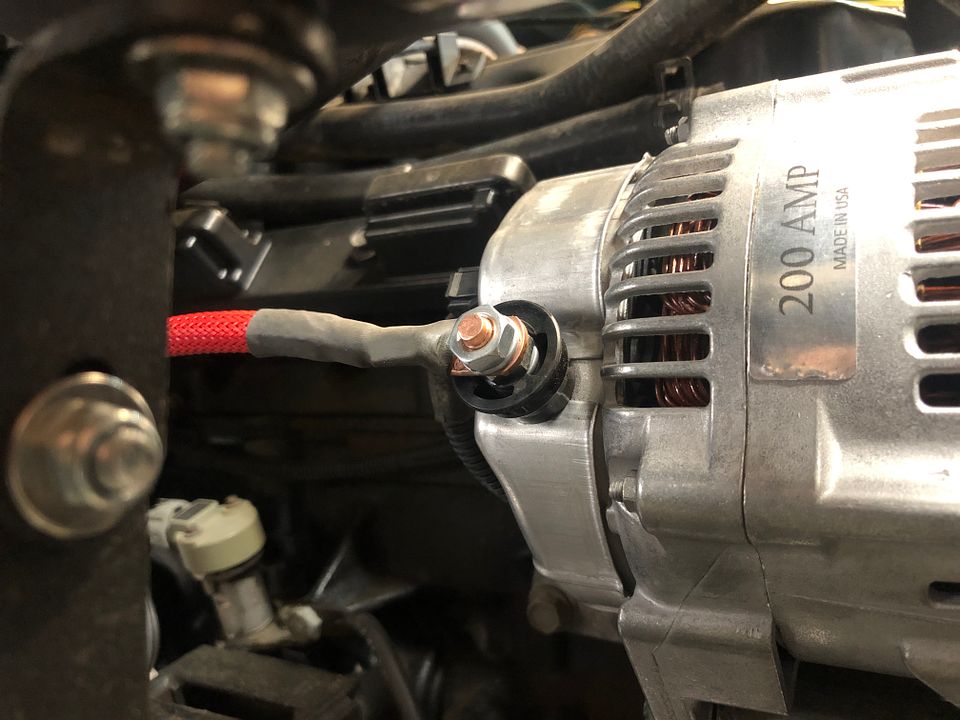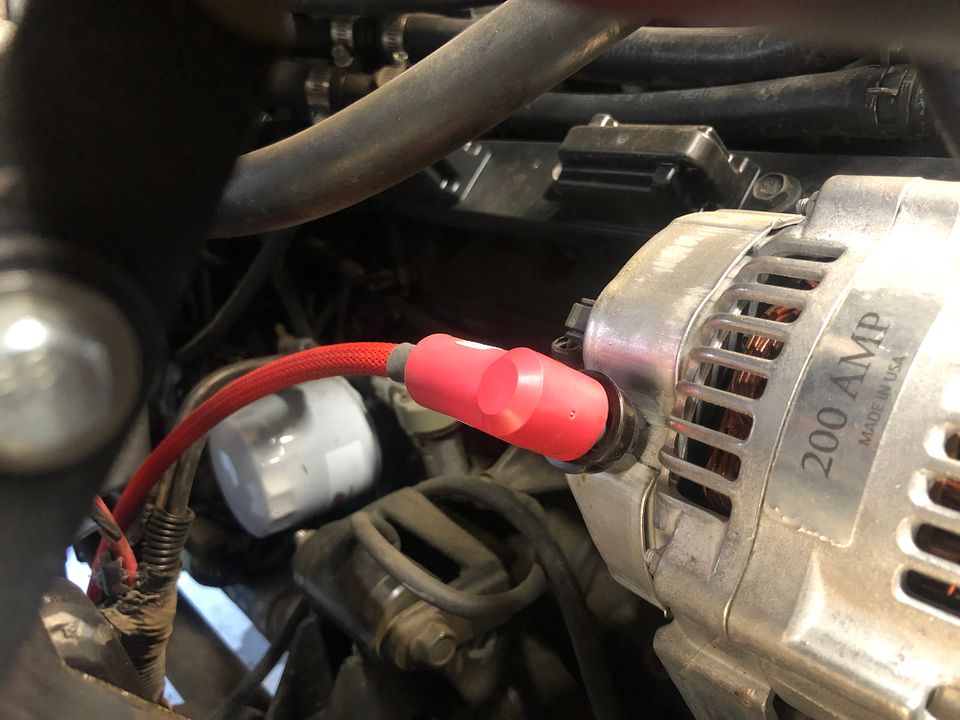heinphoto
New member
Yeah, mains powered. Maybe not quite as large as those, which are intended as permanently mounted marine bank chargers so would be difficult to accommodate in @wADVr's Jeep. Not all of us are driving ex-Army FMTVs or large vans after all.
They both appear to offer several profiles with the ability to customize the voltage and current if you want. I'd like to know if there's any chargers that actually allow you to program in a profile, specifically giving you control over time or perhaps just what parameter triggers each step.
For example, neither of these (indeed none that I know of) appear to allow telling the charger to stay in absorption per Odyssey's recommendation, which is either 0.1% of the C10 rating (e.g. 4mA for a PC1200) or held to a maximum of 8 hours if that current isn't reached.
That's a frustration I have with the BatteryMINDer I use now. It uses fine voltages (14.7/13.6 @ 25°C) and a temperature compensation (25mV/°C over -20°C to +50°C) but seems to triggers the end of absorption at 100mA. So it kicks down to float a little early. Sure, it's probably marginal but at about 4 years old my Odysseys are starting to show more aging than I'd like and I can only wonder how much difference it's made not holding absorption fully.
There are some chargers that give you the ability via DIP switches to set absorption time, but I haven't seen any that allow tailoring any further than that.
FWIW, The Victron Blue Smart IP65 charger allows fairly detailed control of the charging program through the VictronConnect app. You have to enable Advanced Settings, User Defined battery preset, and "Expert Mode" to get to them (so they don't make it straightforward). The absorption duration can be set to either "Adaptive" or "Fixed". I use the IP65 12/15 to keep my truck battery charged and healthy since it will sometimes sit for several weeks. You can download the VictronConnect app even if you don't own one of their products and evaluate the settings available for most of their products using the "Demo Products" feature.






